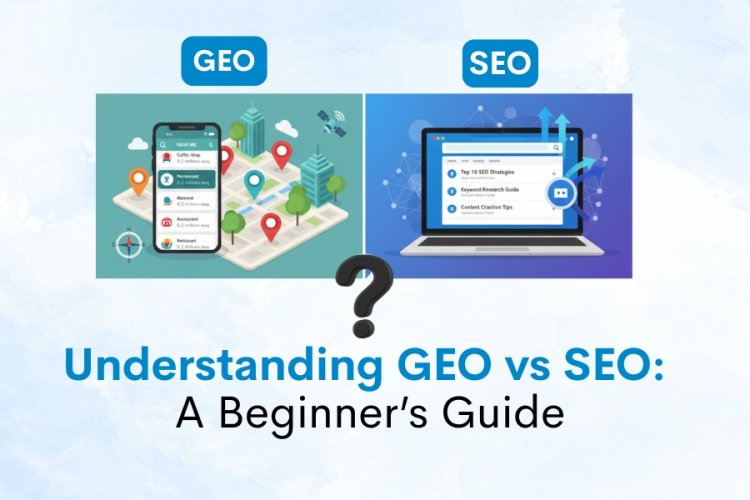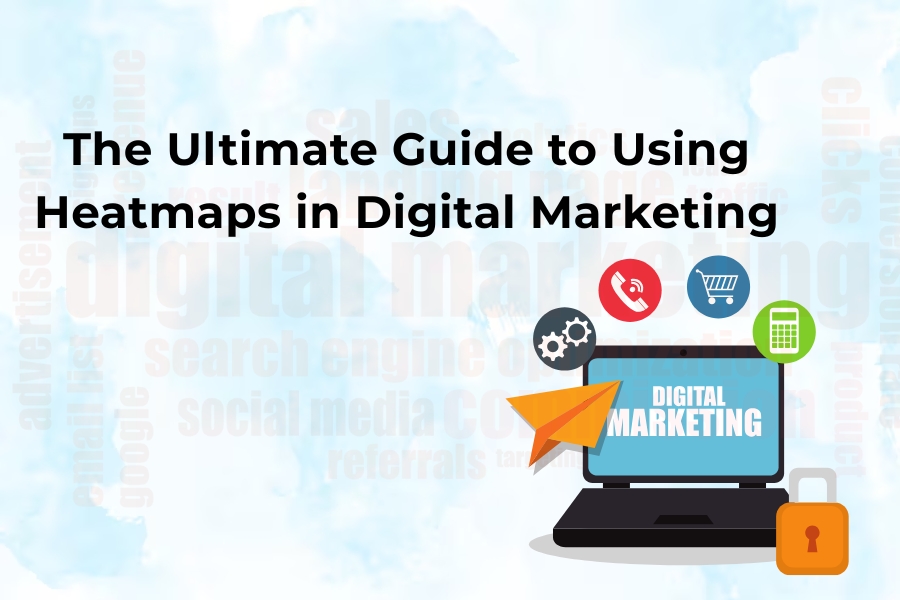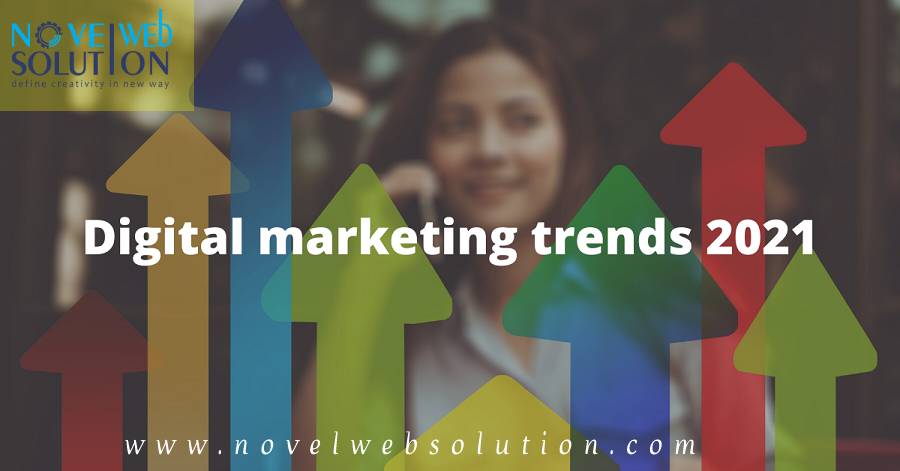Understanding GEO vs SEO: A Beginner’s Guide

In the world of digital marketing, acronyms like GEO and SEO often create confusion. While both are vital for businesses looking to improve visibility and drive growth, they serve entirely different purposes. If you are new to online marketing, this guide will help you understand GEO vs SEO, their differences, benefits, and how they work together to achieve success.
GEO vs SEO
Learn the difference between GEO and SEO in this beginner's guide. Understand how GEO targeting and SEO can work together to boost your online presence.
What is GEO?
GEO in digital marketing usually refers to Geo-targeting or Geographical Targeting. It is a strategy that helps businesses deliver content, ads, or services based on the user’s location. For example, an e-commerce store can show different product offers to customers in India compared to those in the US. Similarly, restaurants and local businesses often use geo-targeting to attract nearby customers.
Key Features of GEO (Geo-targeting):
-
Focuses on location-based audiences
-
Uses IP addresses, GPS, or browser data to detect user location
-
Helps in personalizing ads and offers
-
Improves local marketing campaigns
What is SEO?
SEO stands for Search Engine Optimization. It is the practice of optimizing your website to rank higher on search engines like Google, Bing, or Yahoo. SEO focuses on improving organic traffic by enhancing website content, keywords, backlinks, and user experience.
For example, if someone searches “best laptops under 50,000 in India,” a website that has optimized content with relevant keywords and strong SEO strategies will rank higher on Google.
Key Features of SEO:
-
Improves organic search visibility
-
Targets users based on keywords and search intent
-
Enhances website traffic and credibility
-
Long-term digital marketing strategy
GEO vs SEO: The Key Differences
| Aspect | GEO (Geo-targeting) | SEO (Search Engine Optimization) |
|---|---|---|
| Focus | User’s physical location | User’s search intent and keywords |
| Usage | Personalized ads, local campaigns, region-specific offers | Improving rankings on search engines |
| Goal | Attract nearby or location-specific customers | Drive organic traffic from search engines worldwide |
| Tools Used | GPS, IP addresses, browser location data | Keywords, backlinks, content optimization, technical SEO |
| Best For | Restaurants, retail stores, local services, regional ads | Blogs, e-commerce stores, businesses seeking global reach |
Benefits of GEO (Geo-targeting)
-
Higher Conversion Rates – Personalized ads attract relevant customers.
-
Cost-Effective Marketing – Only target users in specific areas.
-
Better Customer Engagement – Offers and content are more relevant.
-
Strong for Local Businesses – Perfect for restaurants, salons, and local stores.
Benefits of SEO
-
Organic Traffic Growth – No need to pay for ads once you rank higher.
-
Long-Term Visibility – SEO builds authority and trust.
-
Global Reach – Expand beyond location and target worldwide audiences.
-
Higher ROI – SEO provides sustainable results compared to paid ads.
When to Use GEO vs SEO?
-
Use GEO (Geo-targeting):
If your business depends on local customers, like restaurants, gyms, real estate, or retail stores. It helps to deliver promotions and offers to people who are physically near your business. -
Use SEO (Search Engine Optimization):
If you want to increase organic traffic, improve online presence, and target a wider audience. Perfect for e-commerce, blogs, SaaS companies, or any business looking for digital growth.
GEO + SEO: A Powerful Combination
The truth is, GEO and SEO work best when used together. For example:
-
A local clothing store can use SEO to rank for “best clothing store in Delhi” while using GEO-targeting ads to show special offers to customers within 10 km.
-
An online food delivery service can rank for “pizza delivery near me” using local SEO while showing geo-targeted ads for discounts in specific neighborhoods.
By combining both strategies, businesses can maximize visibility, engagement, and conversions.
Conclusion
While GEO and SEO might sound similar, they serve different roles in digital marketing. GEO focuses on location-based targeting, while SEO helps you rank higher on search engines. Beginners should remember: GEO is about where your customers are, and SEO is about what your customers search for.
If you want to grow your business effectively, understand your goals first. For local reach, invest in geo-targeting; for long-term online success, build a strong SEO strategy. Together, they can take your business to the next level.
“Novel Web Solution Pvt. Ltd. has been providing Website Design, Website Development, Digital Marketing and many other online business solutions for the last 11 years.”






